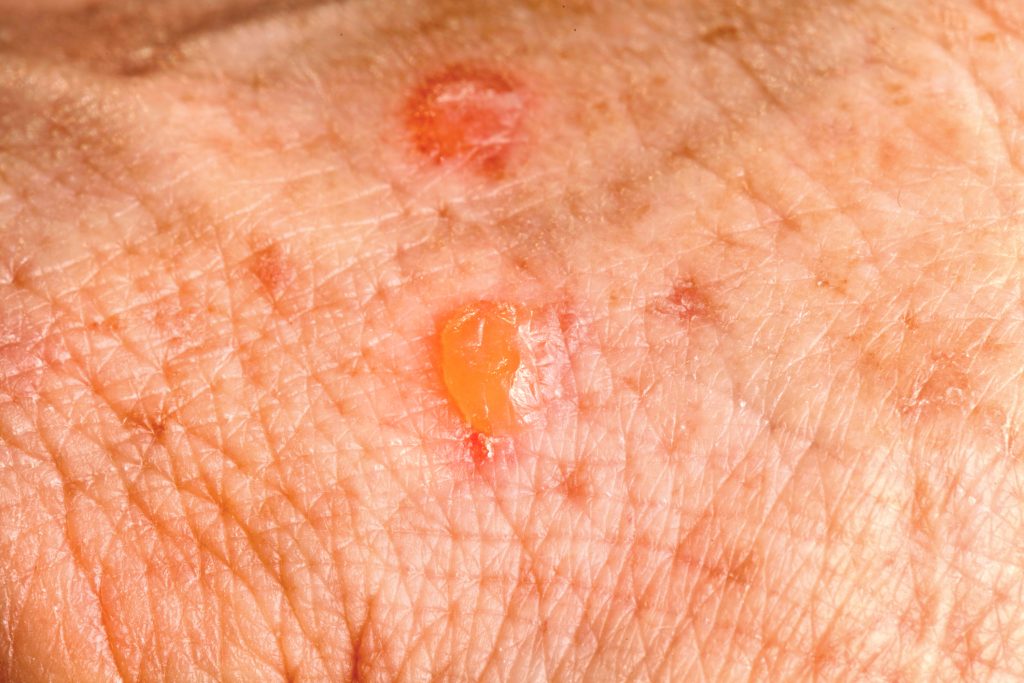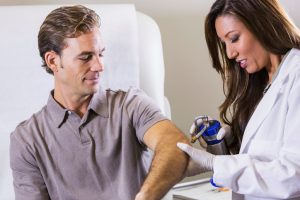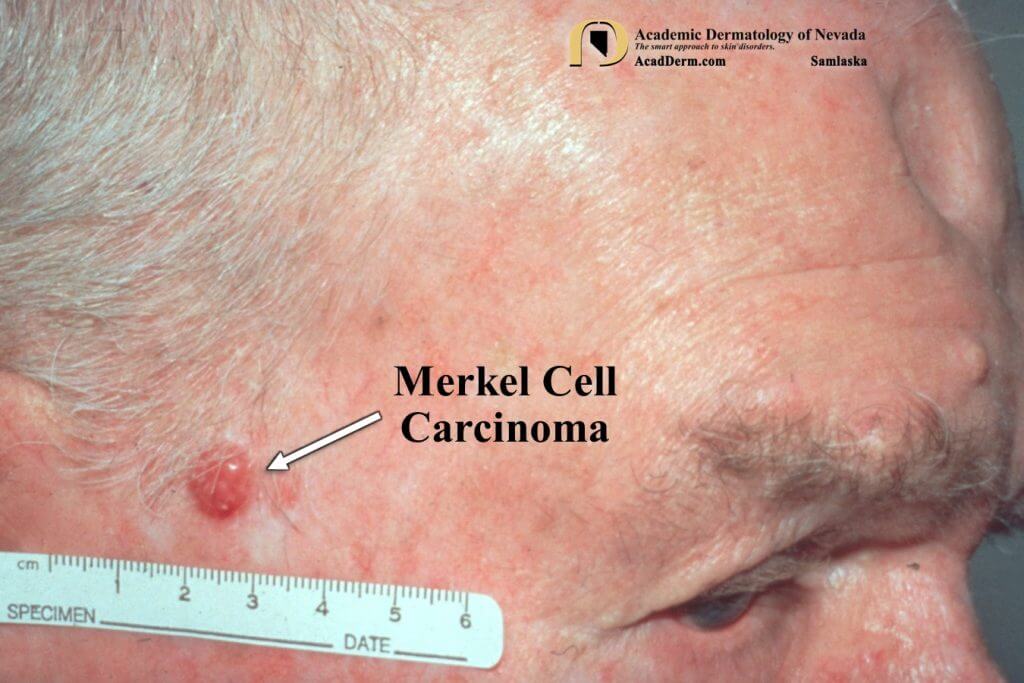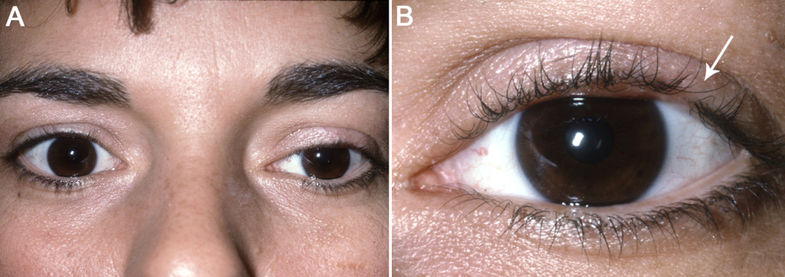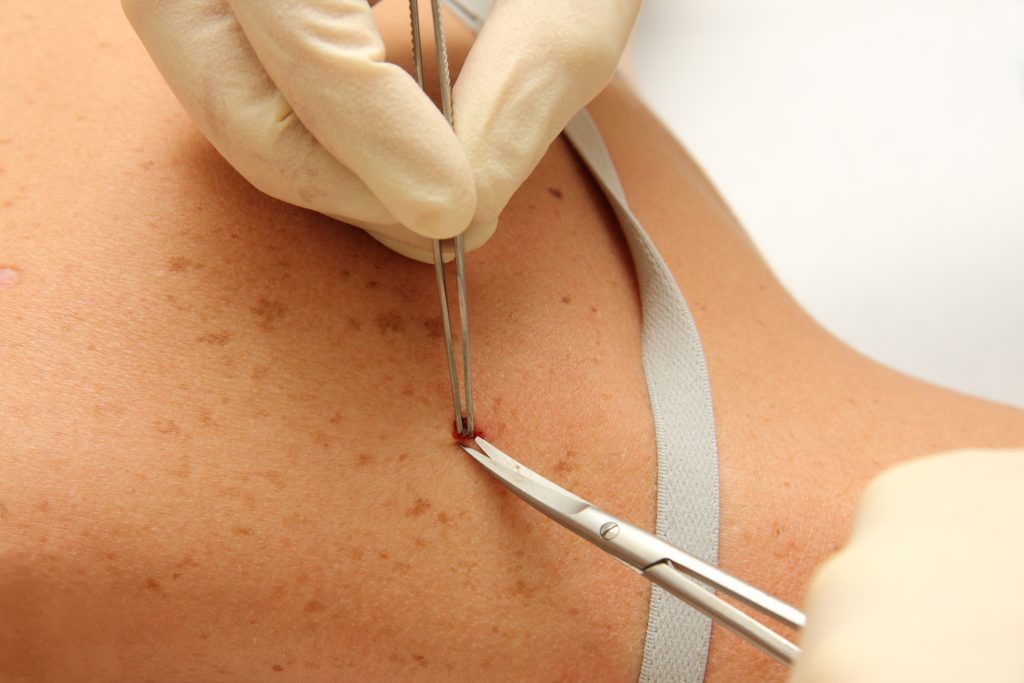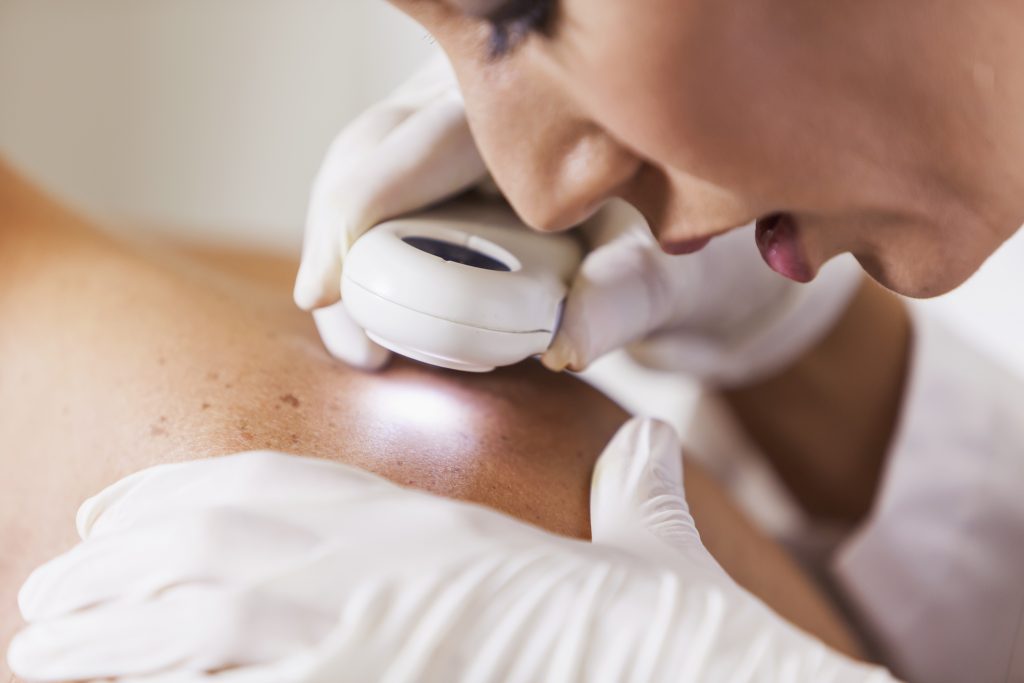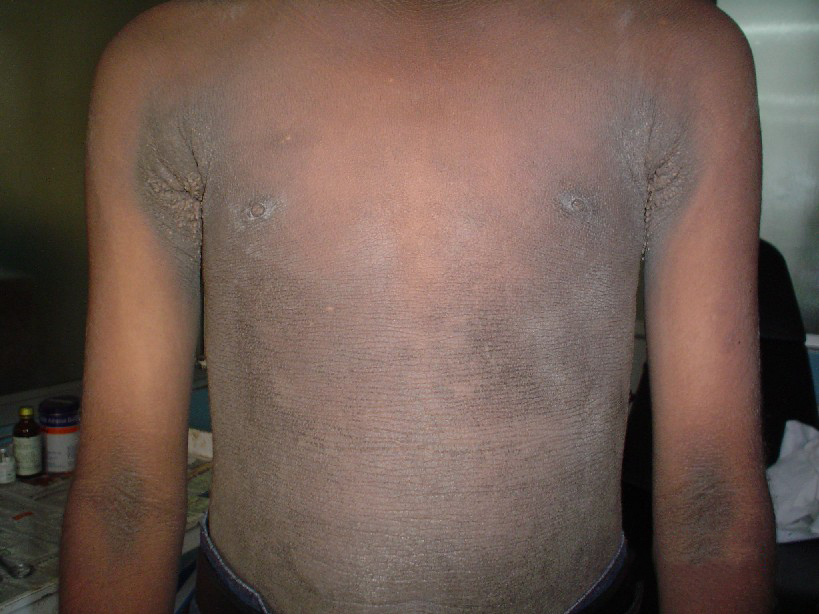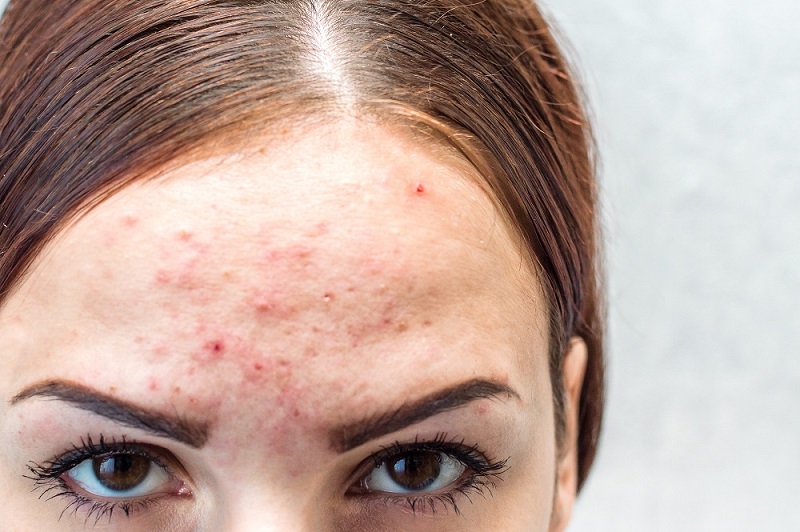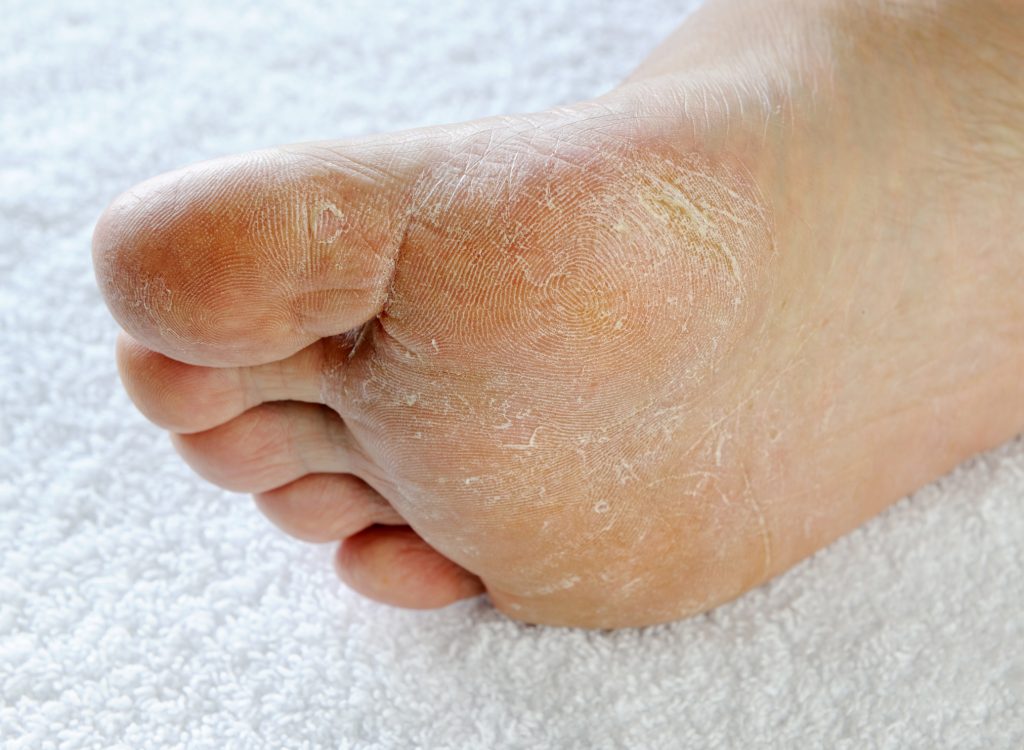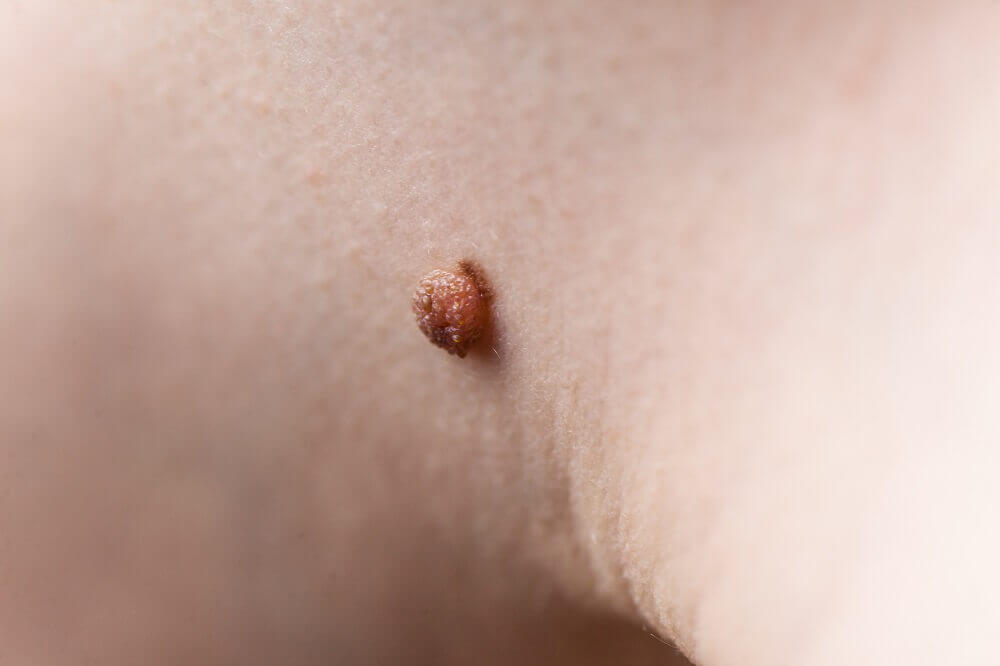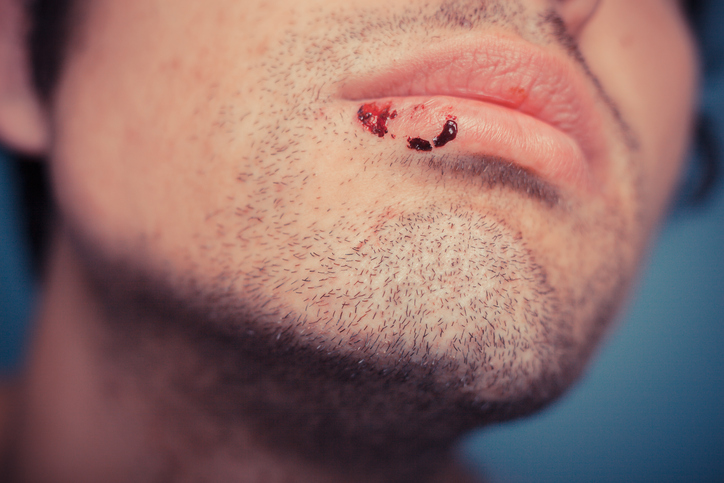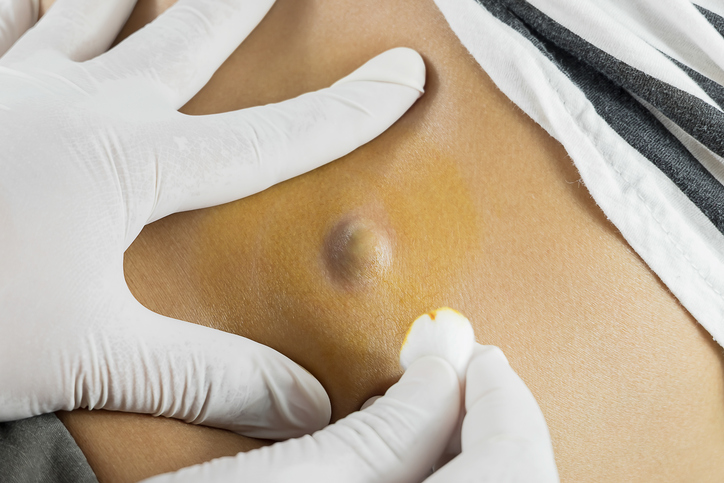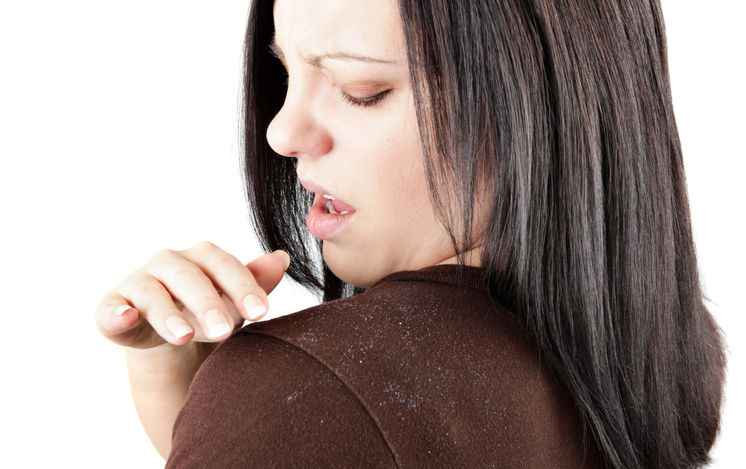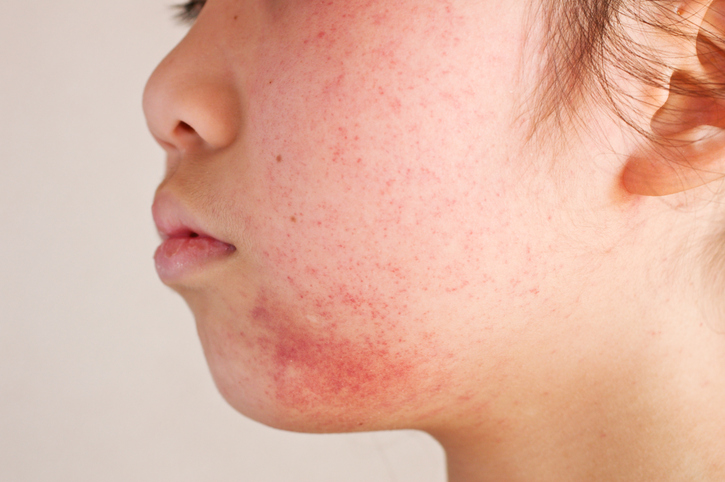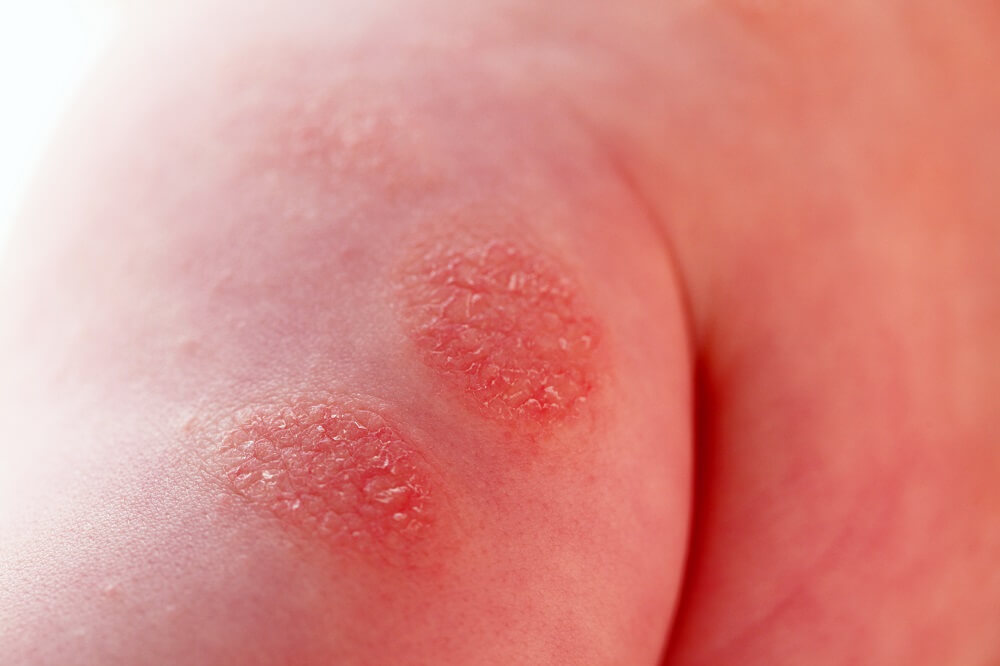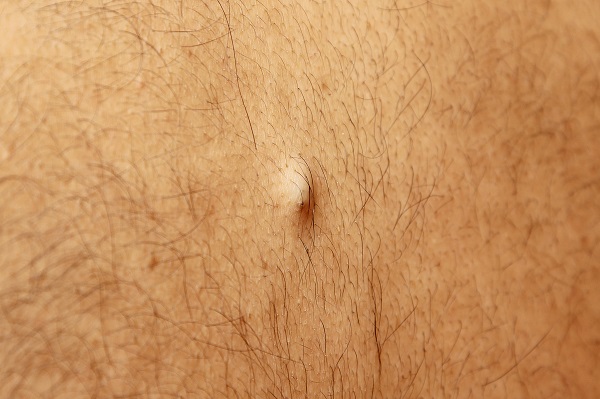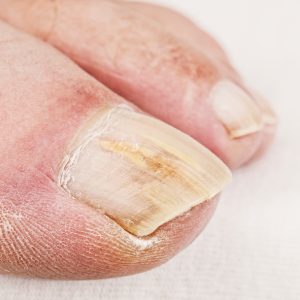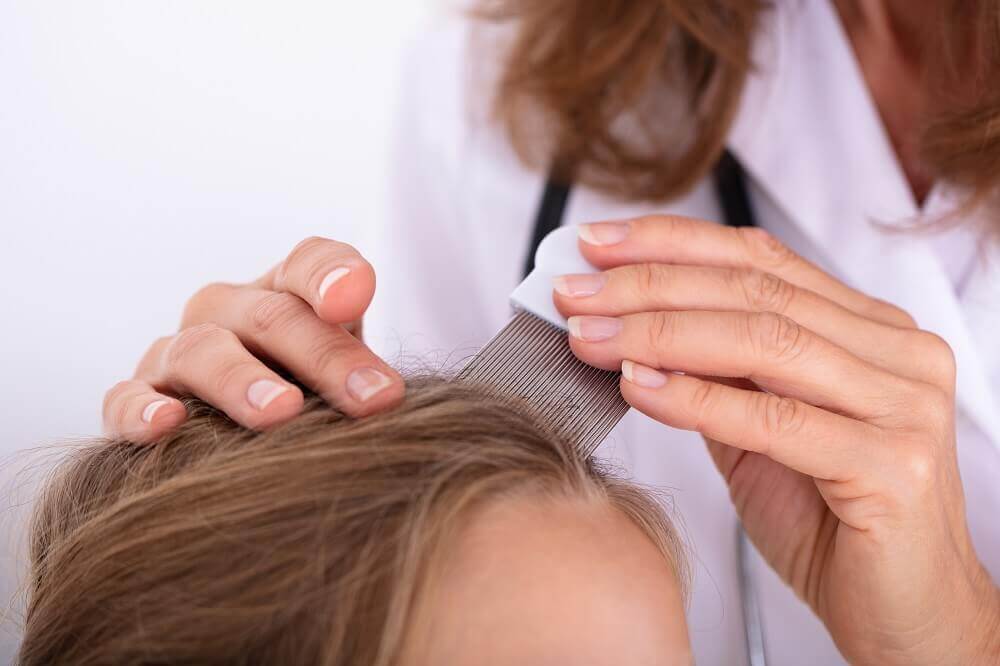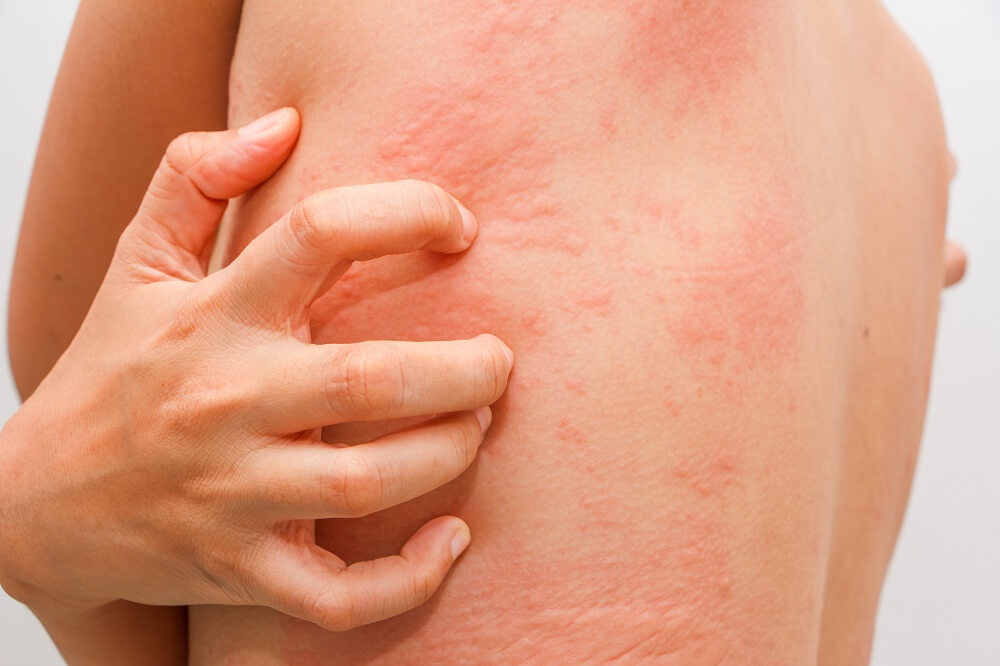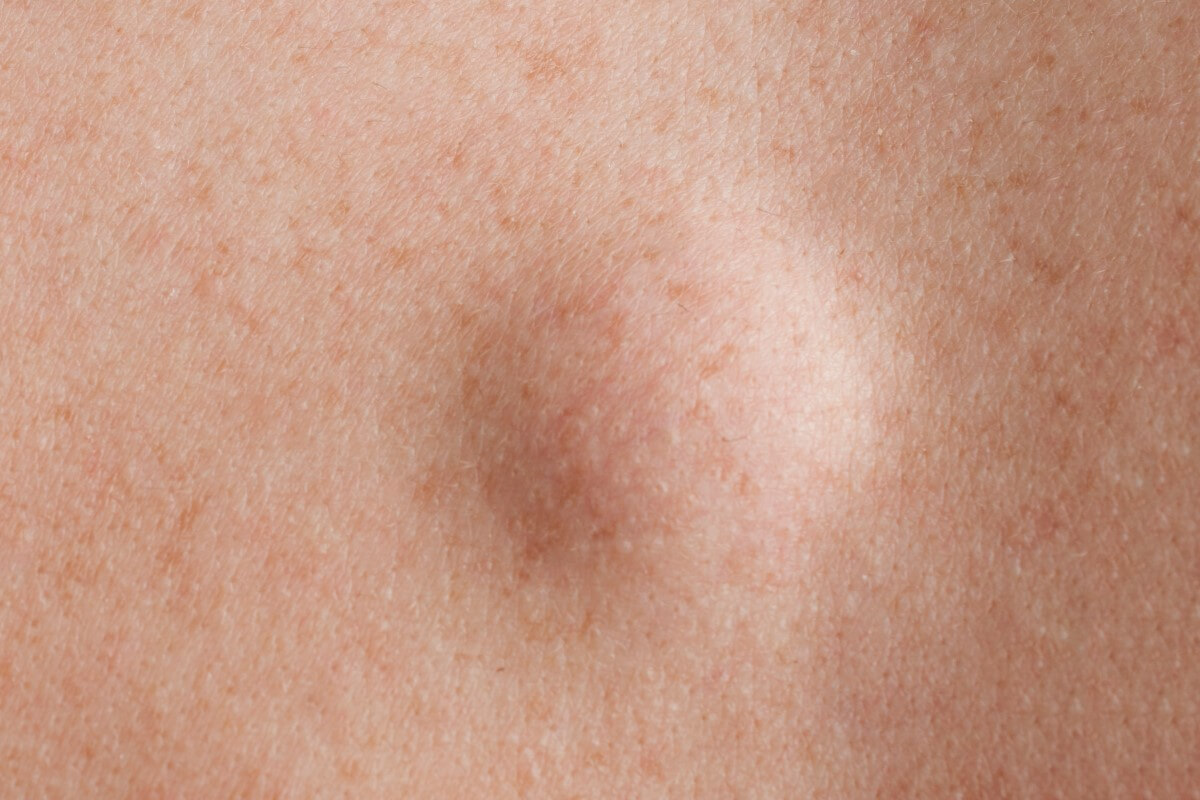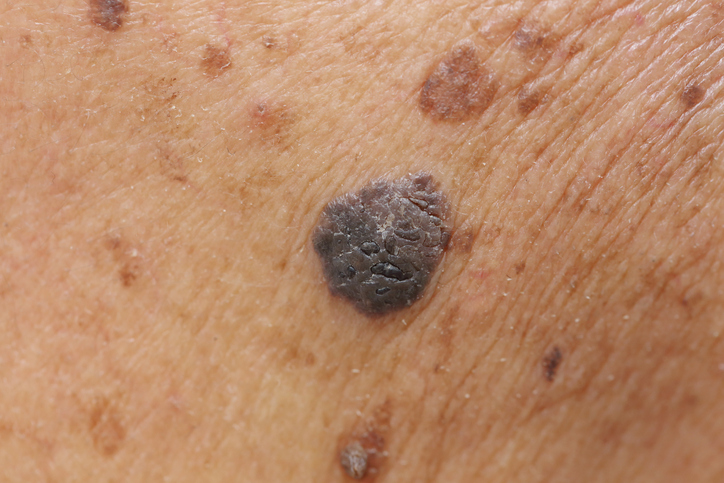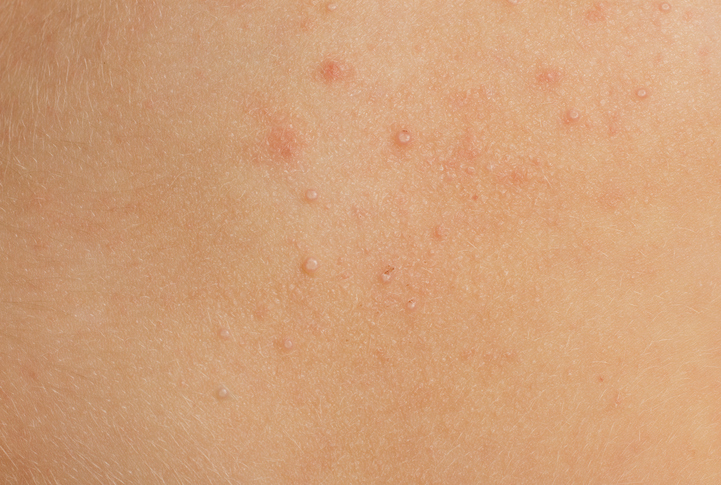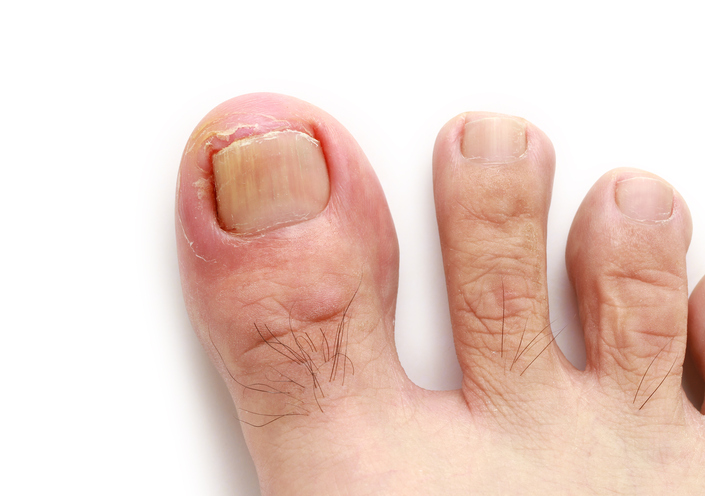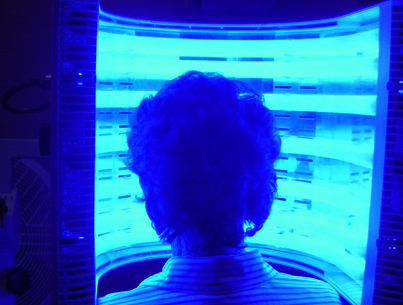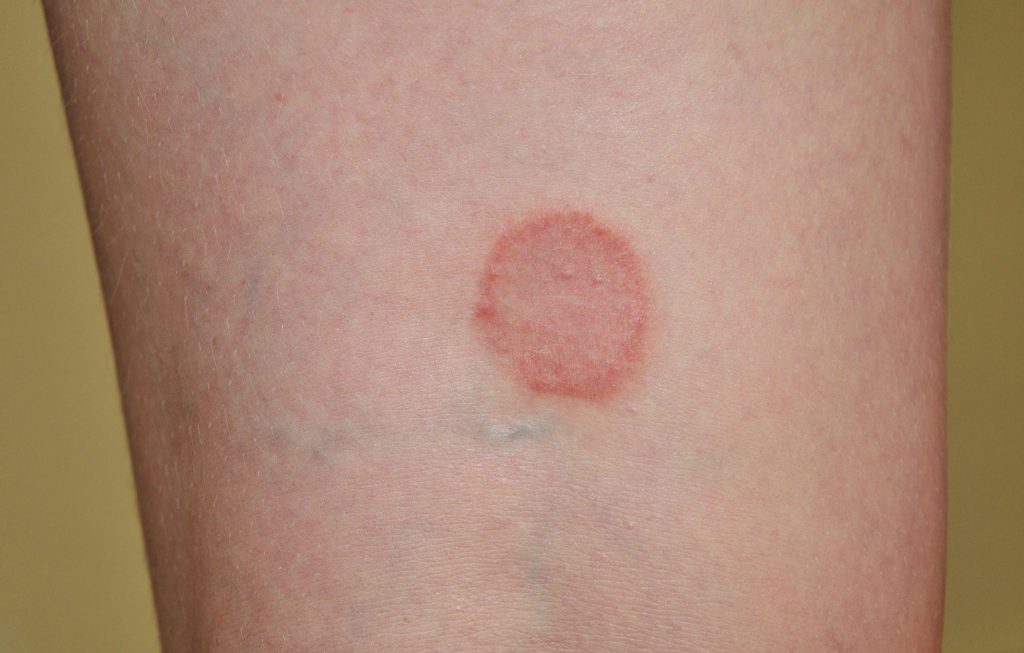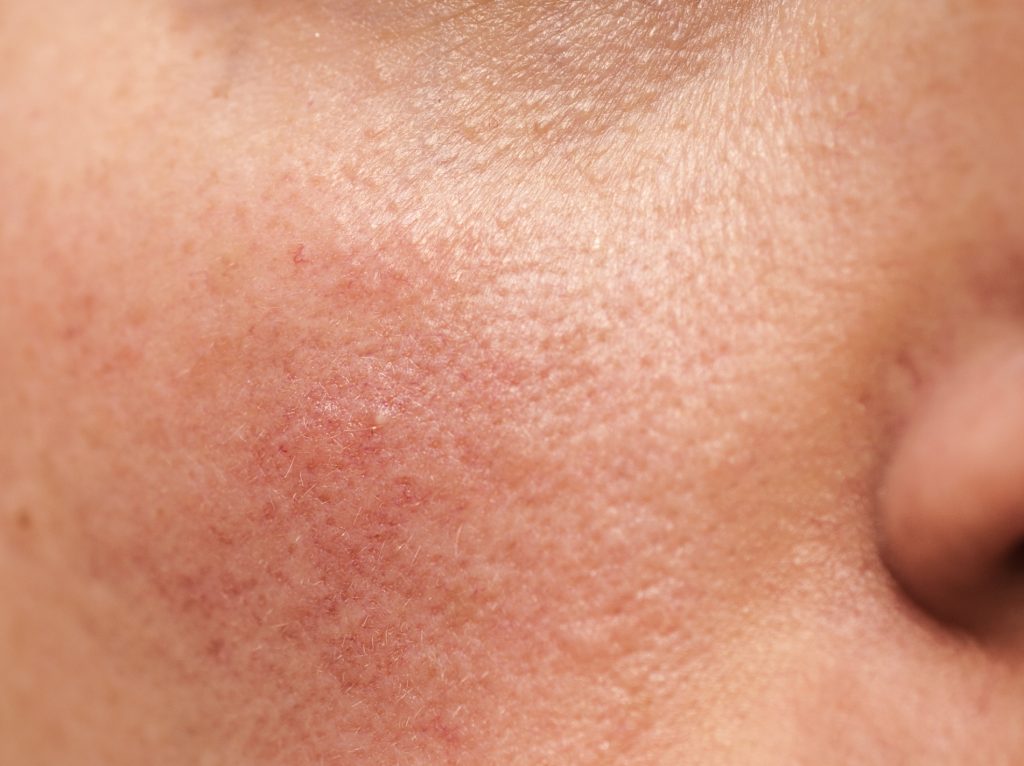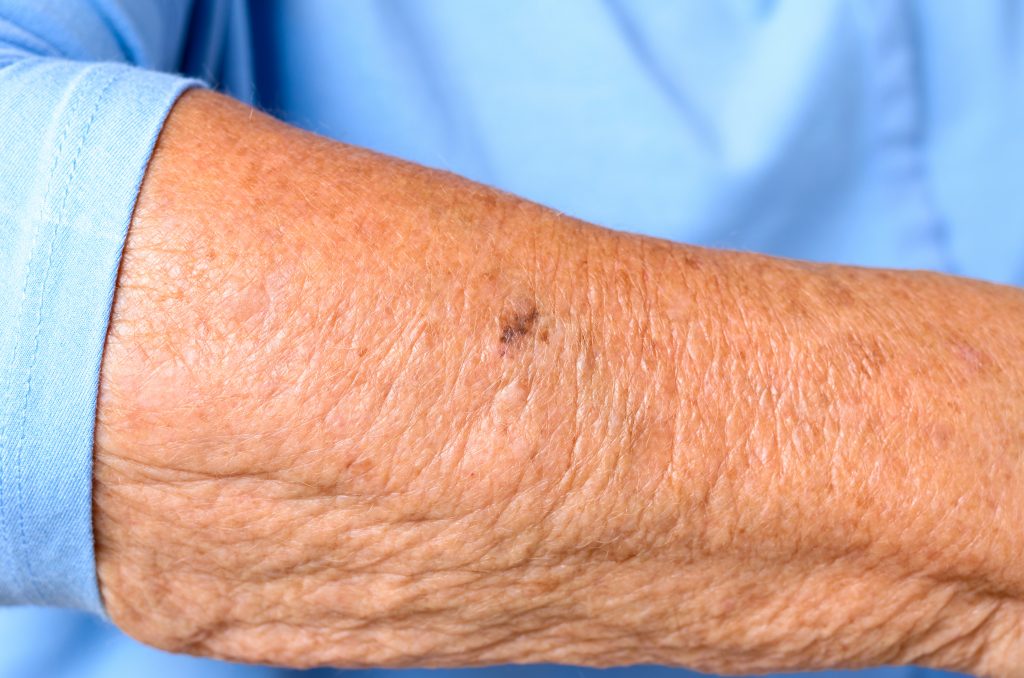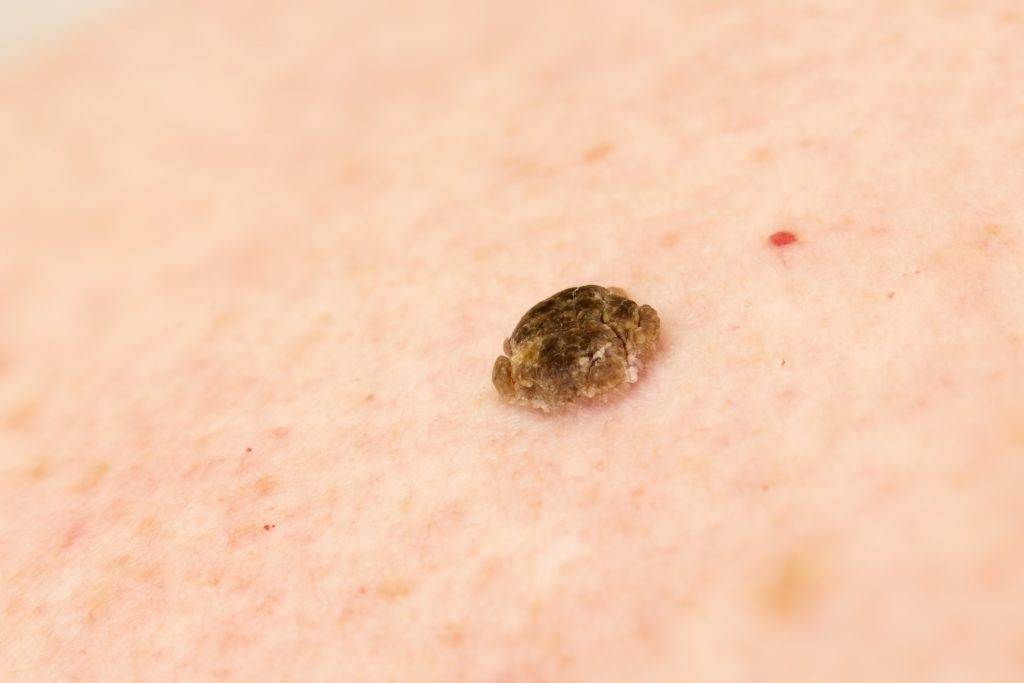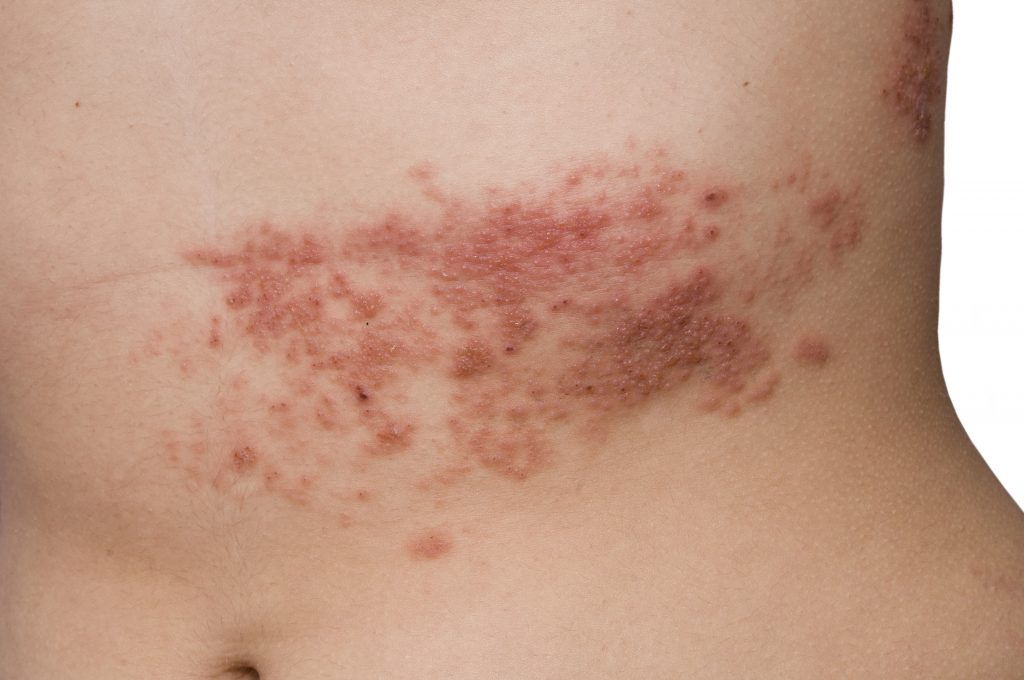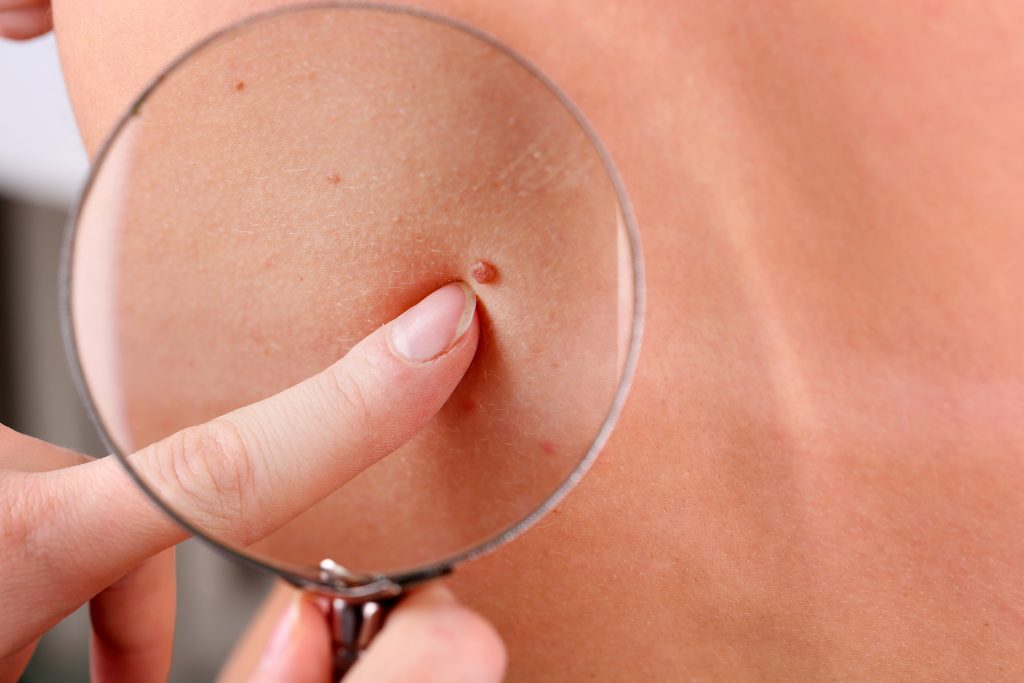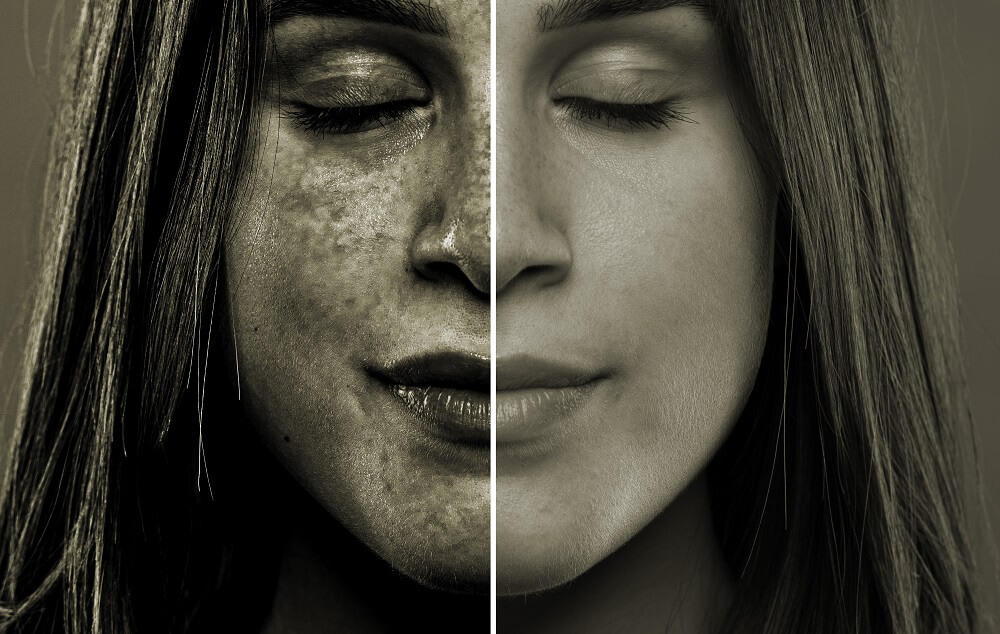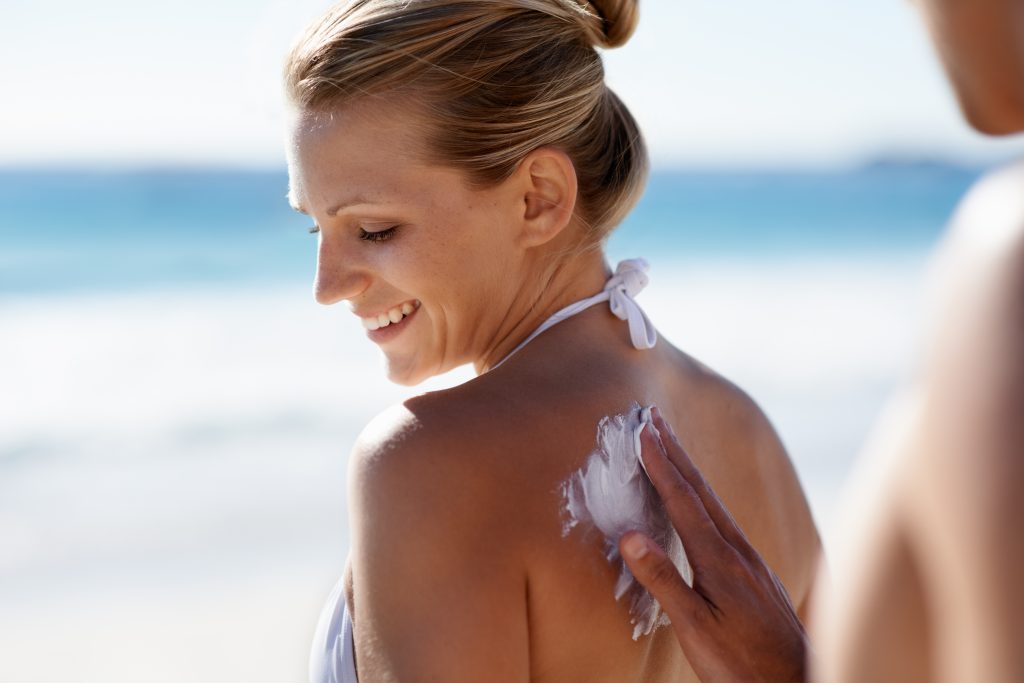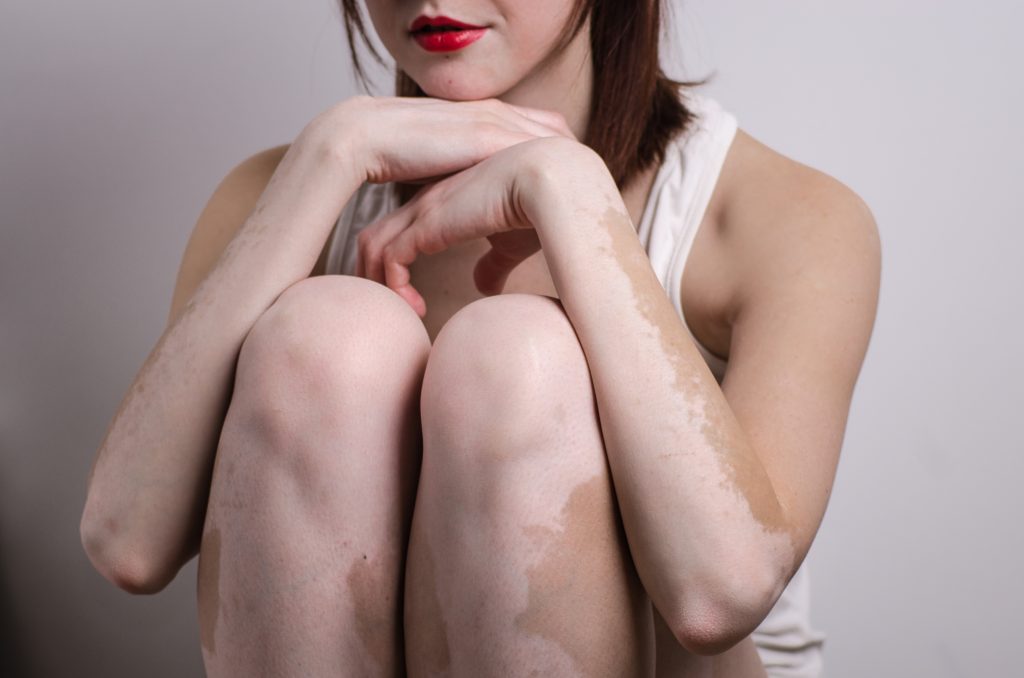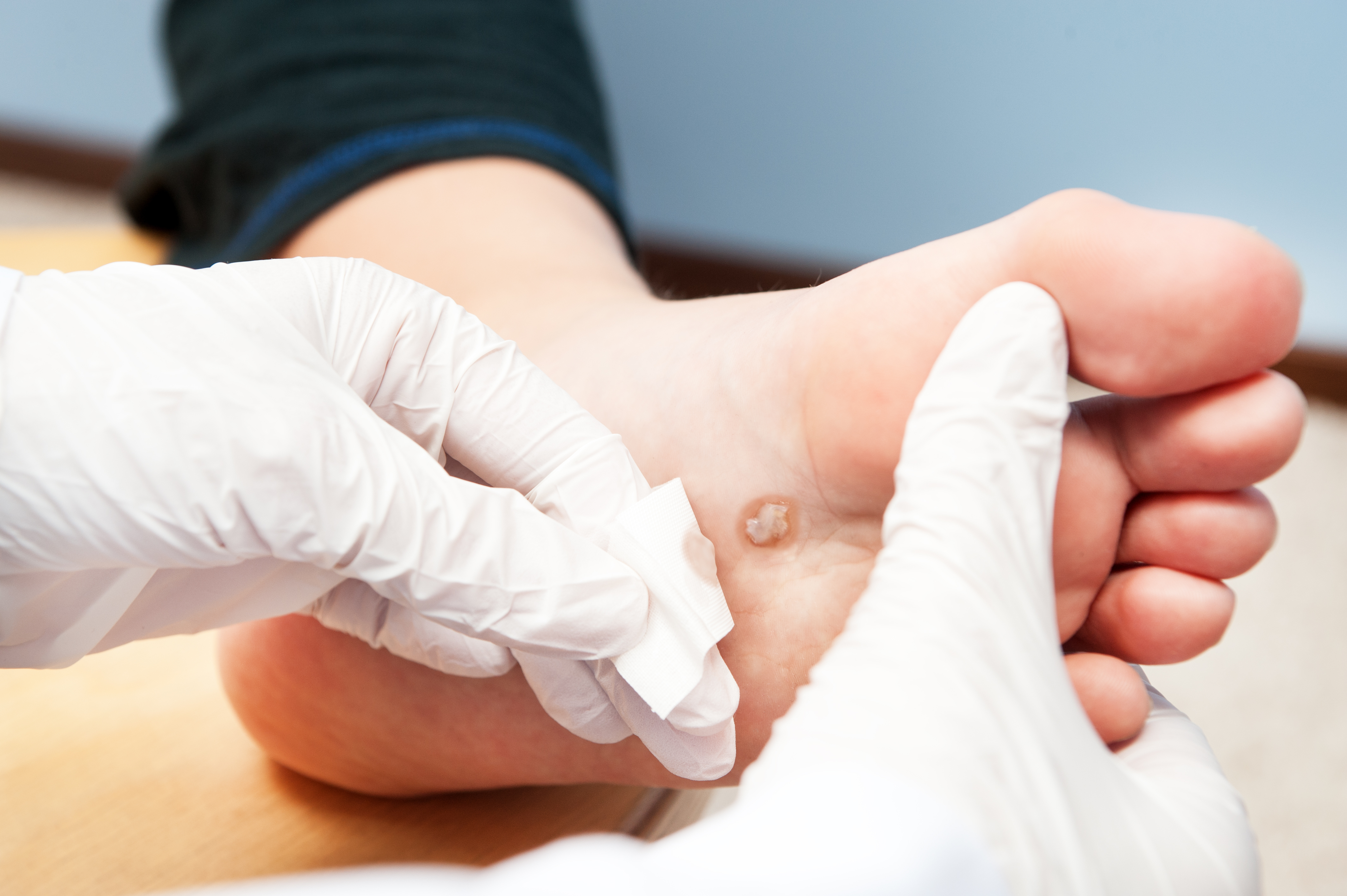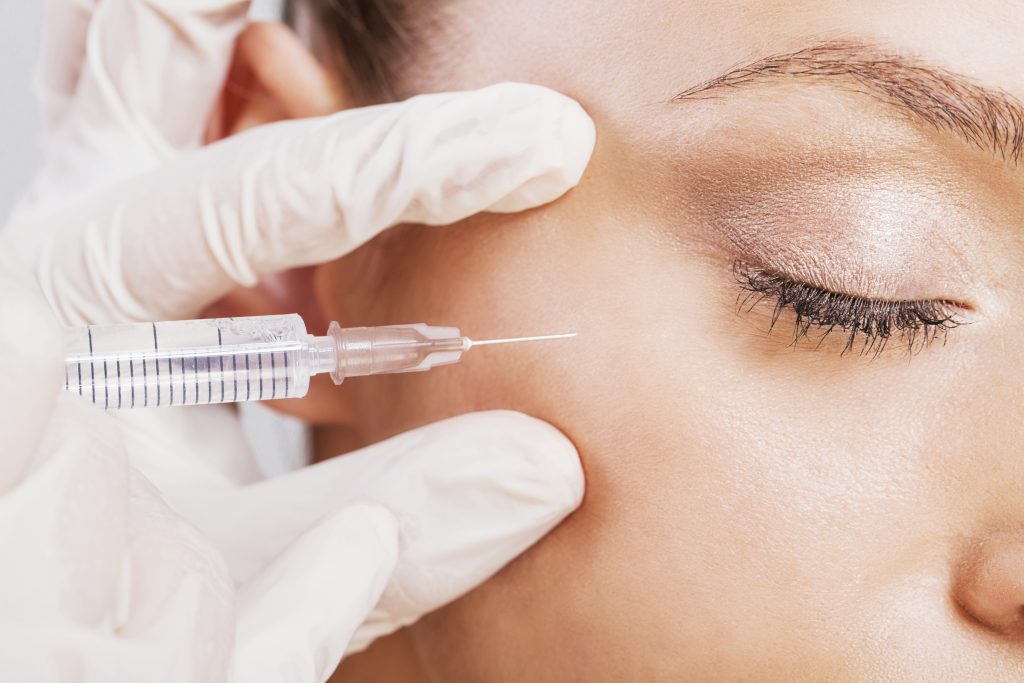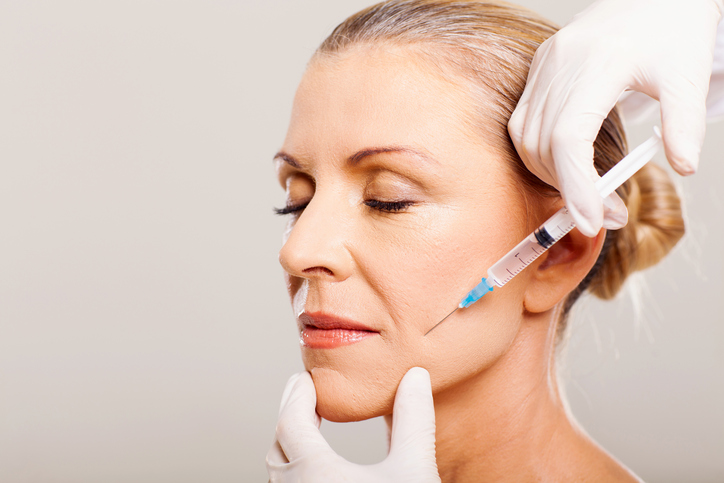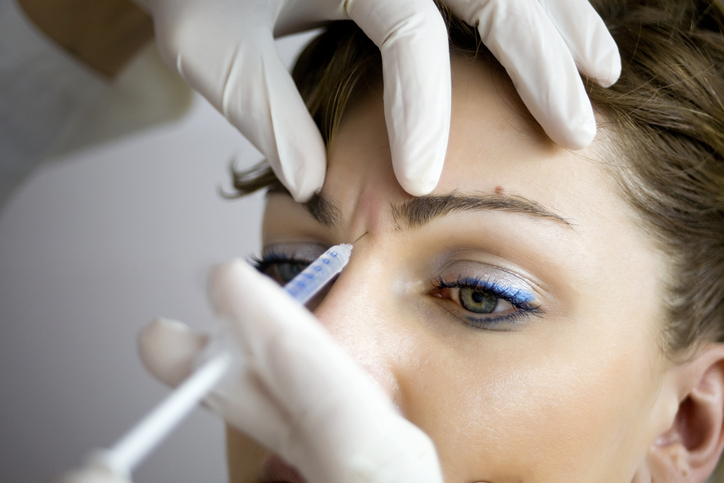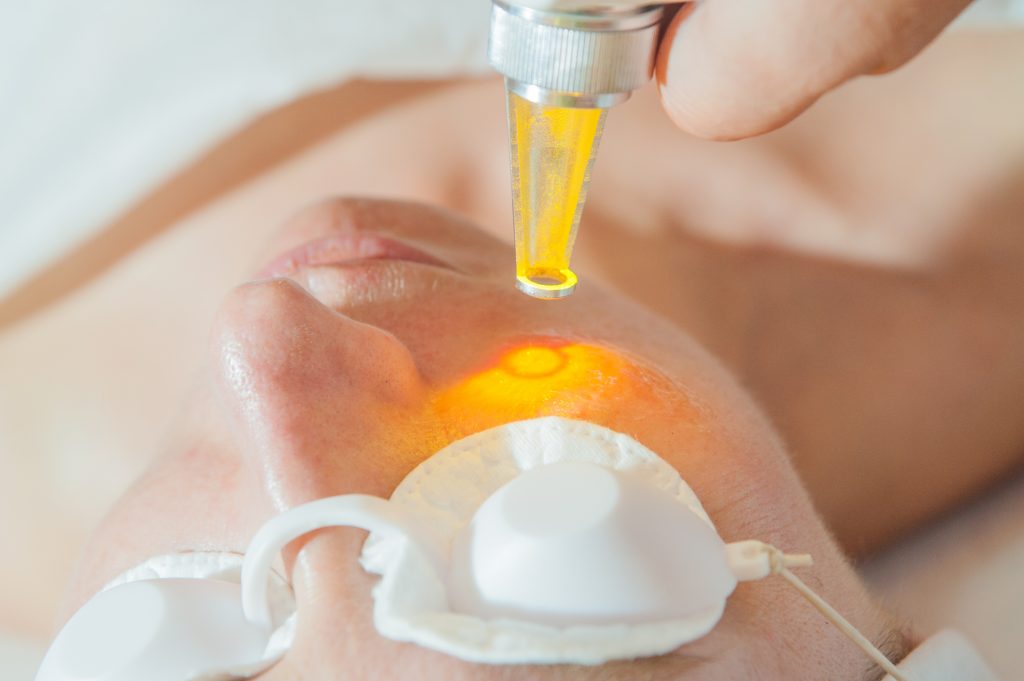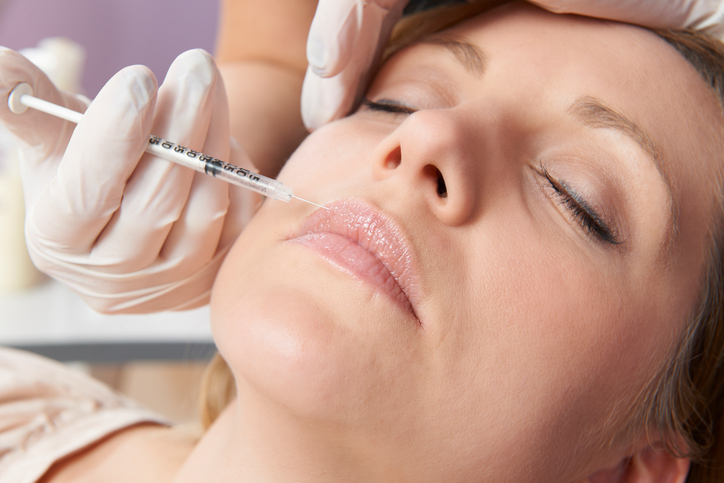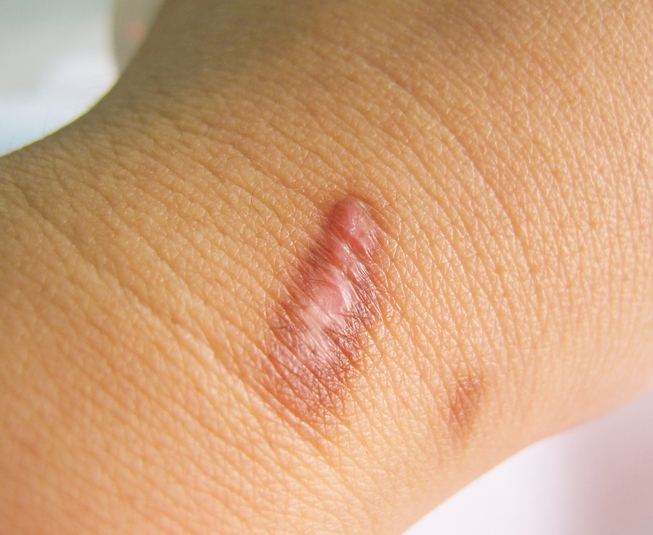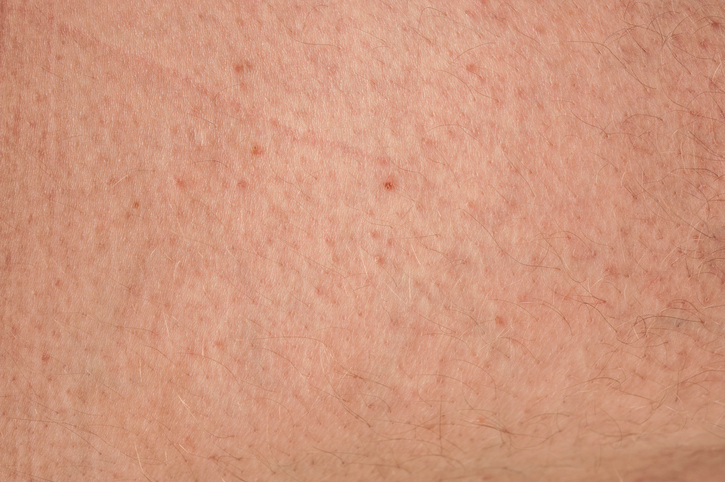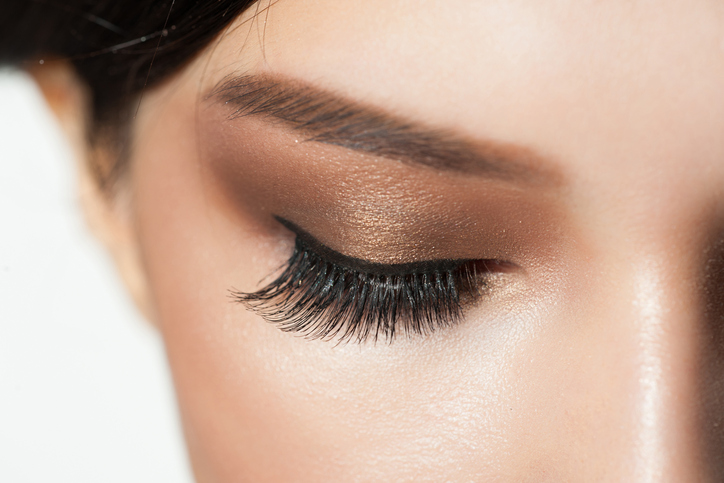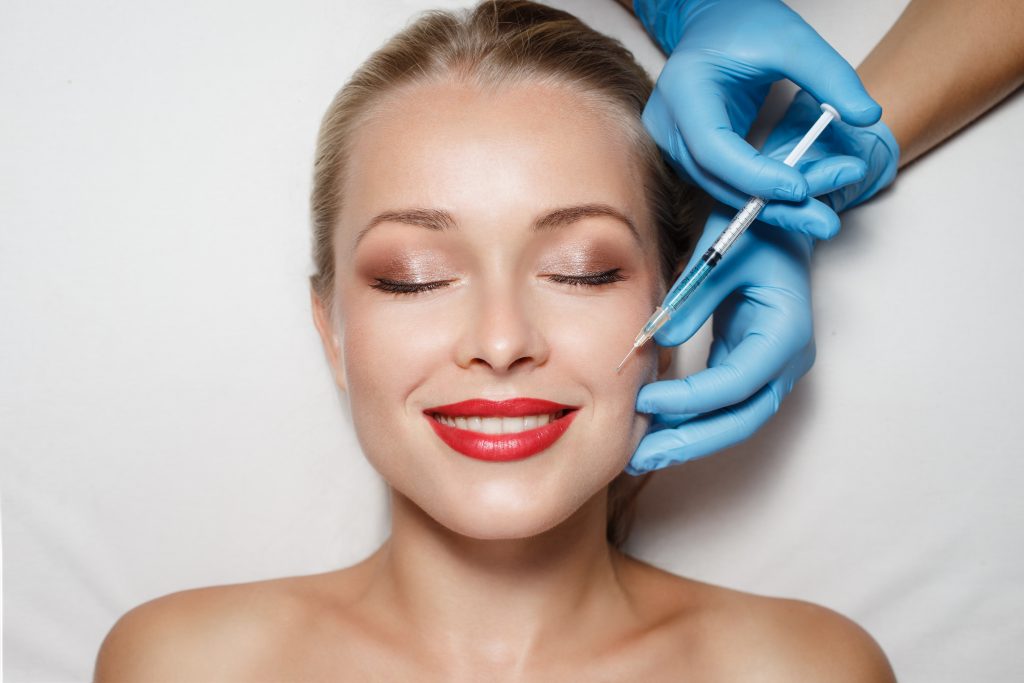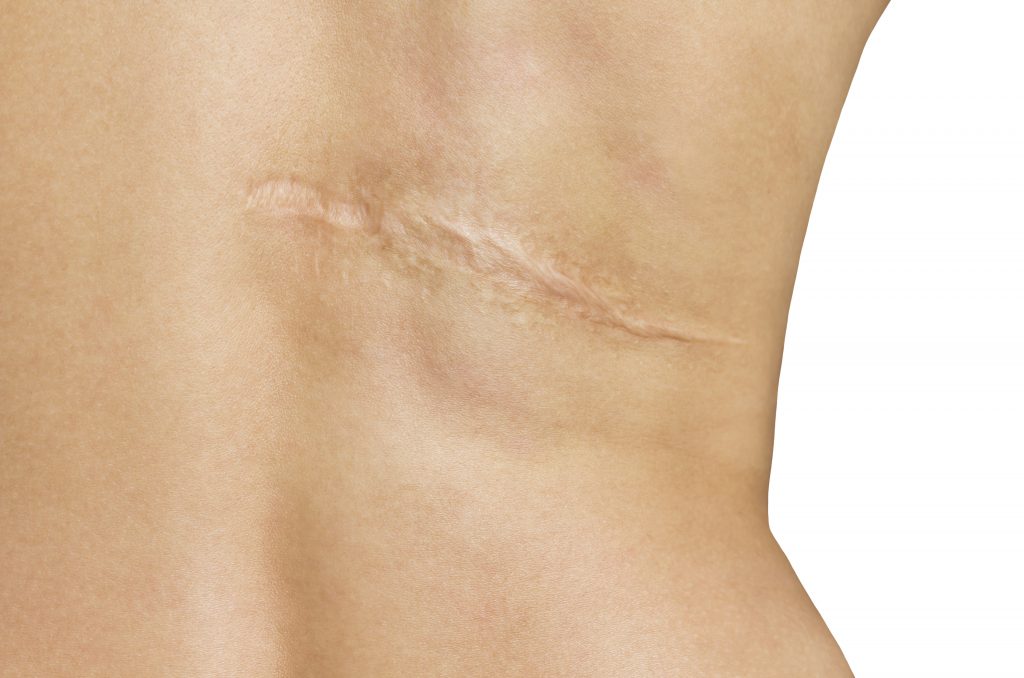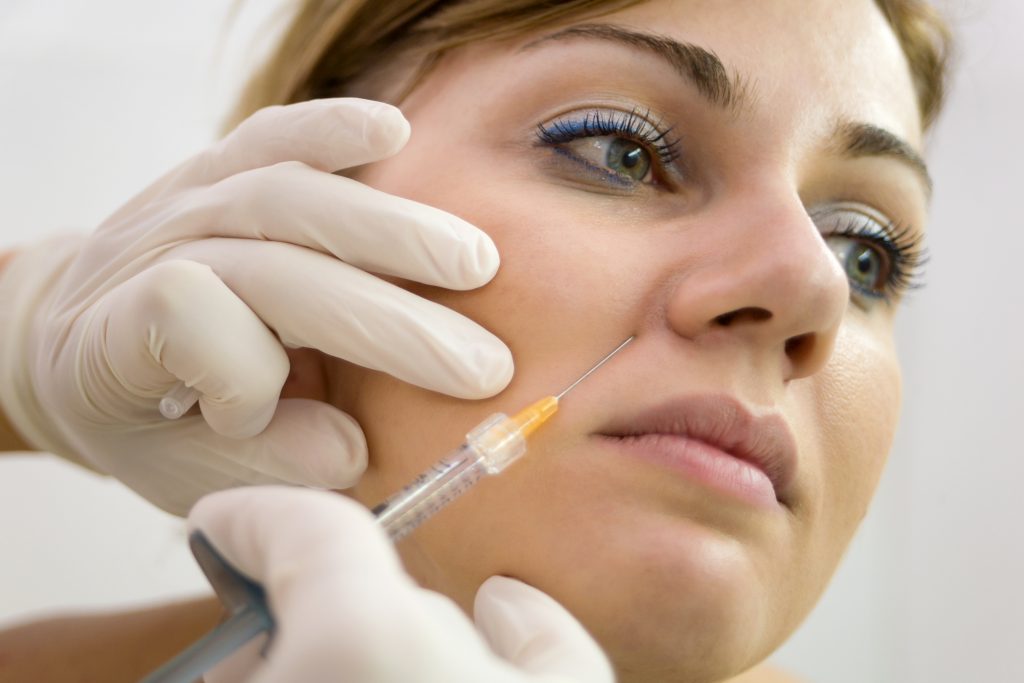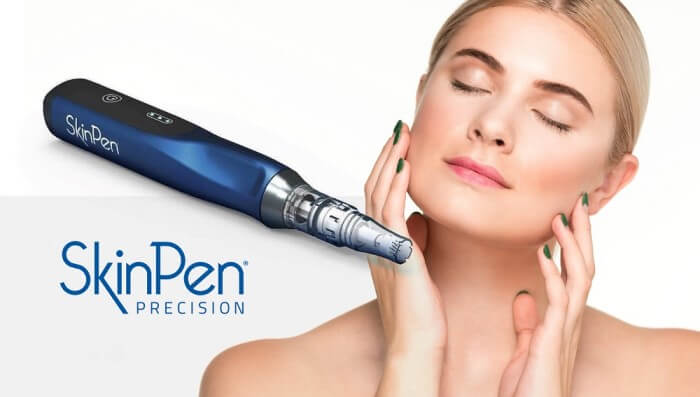As a proud Wichita native, Kristen Ochsner brings over two decades of dermatology experience to her hometown. With a foundation in Sports Medicine from Washburn University and a degree in Physician Assistant Studies from Wichita State University, Kristen’s journey in dermatology began in the vibrant medical scene of Los Angeles. There, she honed her skills for nearly 20 years, specializing in both medical and cosmetic dermatology.
Kristen’s expertise extends through a wide range of cosmetic procedures, making her a leading cosmetic dermatologist in Wichita, KS. She is proficient in enhancing natural beauty with Botox and fillers, rejuvenating skin with chemical peels, Dysport, and Kybella, and promoting skin health through advanced microneedling techniques. Her commitment to excellence is evident in her personalized approach, ensuring each patient achieves their desired results while maintaining a natural, refreshed appearance.
Dedicated to staying at the forefront of dermatological science, Kristen actively participates in continuing education through industry conferences, specialized training programs, and diligent journal study. Her memberships in the Society of Dermatology Physician Assistants and the American Academy of Physician Assistants underscore her dedication to her field.
Licensed to conduct comprehensive dermatological assessments, Kristen is adept at diagnosing and treating a wide array of skin conditions. Her extensive training in cosmetic dermatology is complemented by her skill in laser skin treatments and injectables, where her philosophy is always to enhance her patients’ natural beauty, leaving them feeling confident and revitalized.
Outside of her professional endeavors, Kristen’s love for adventure takes her hiking, waterskiing, snow skiing, scuba diving, and traveling. Returning to Wichita with her husband and two children, she is excited to contribute to the community that shaped her, providing top-tier dermatological care. Kristen Ochsner, PA-C, is not just a cosmetic dermatologist; she’s a passionate caregiver ready to help her Wichita patients look and feel their best.
Specialties and Affiliations
- Society of Dermatology Physician Assistants
- American Academy of Physician Assistants



